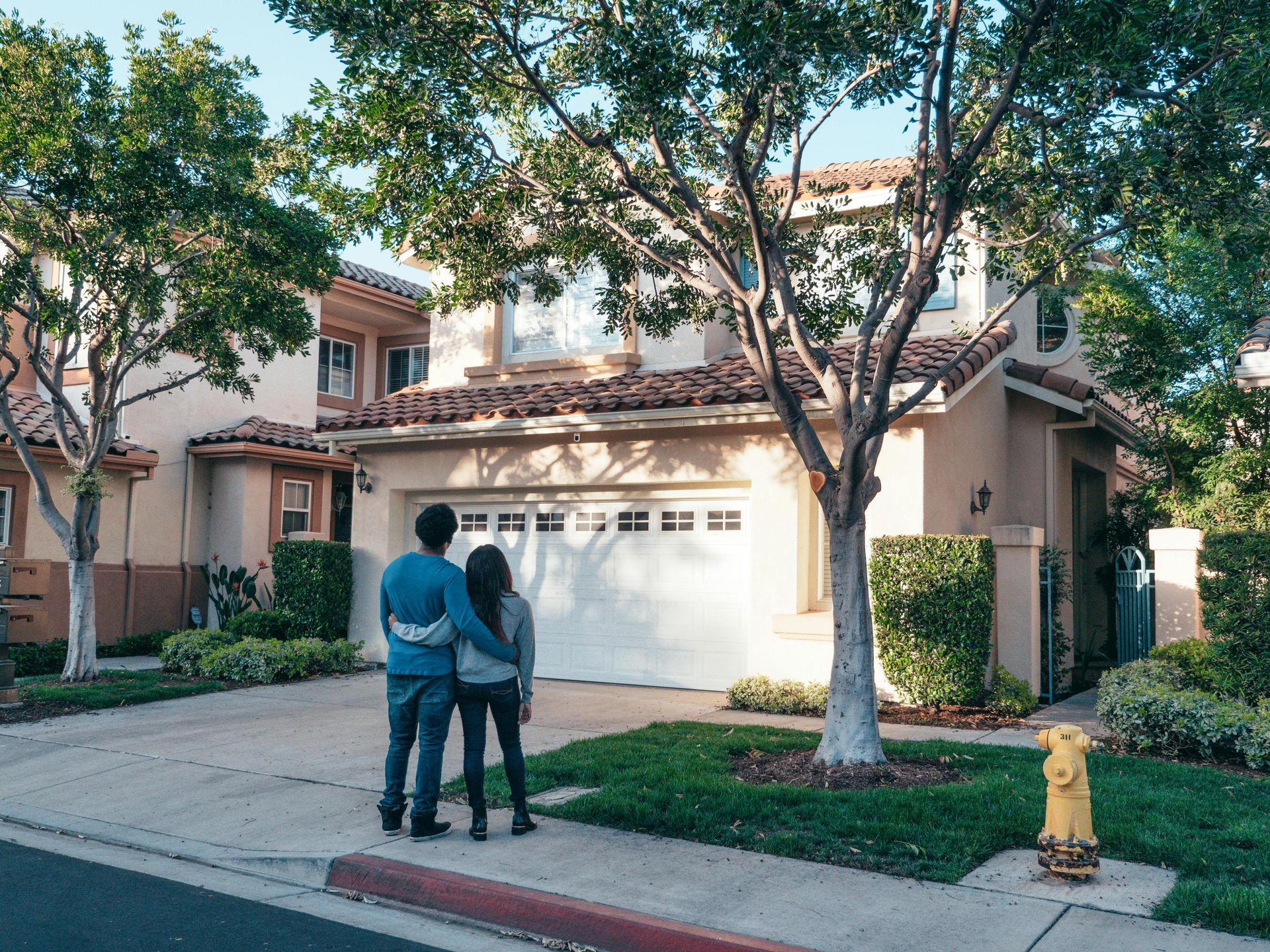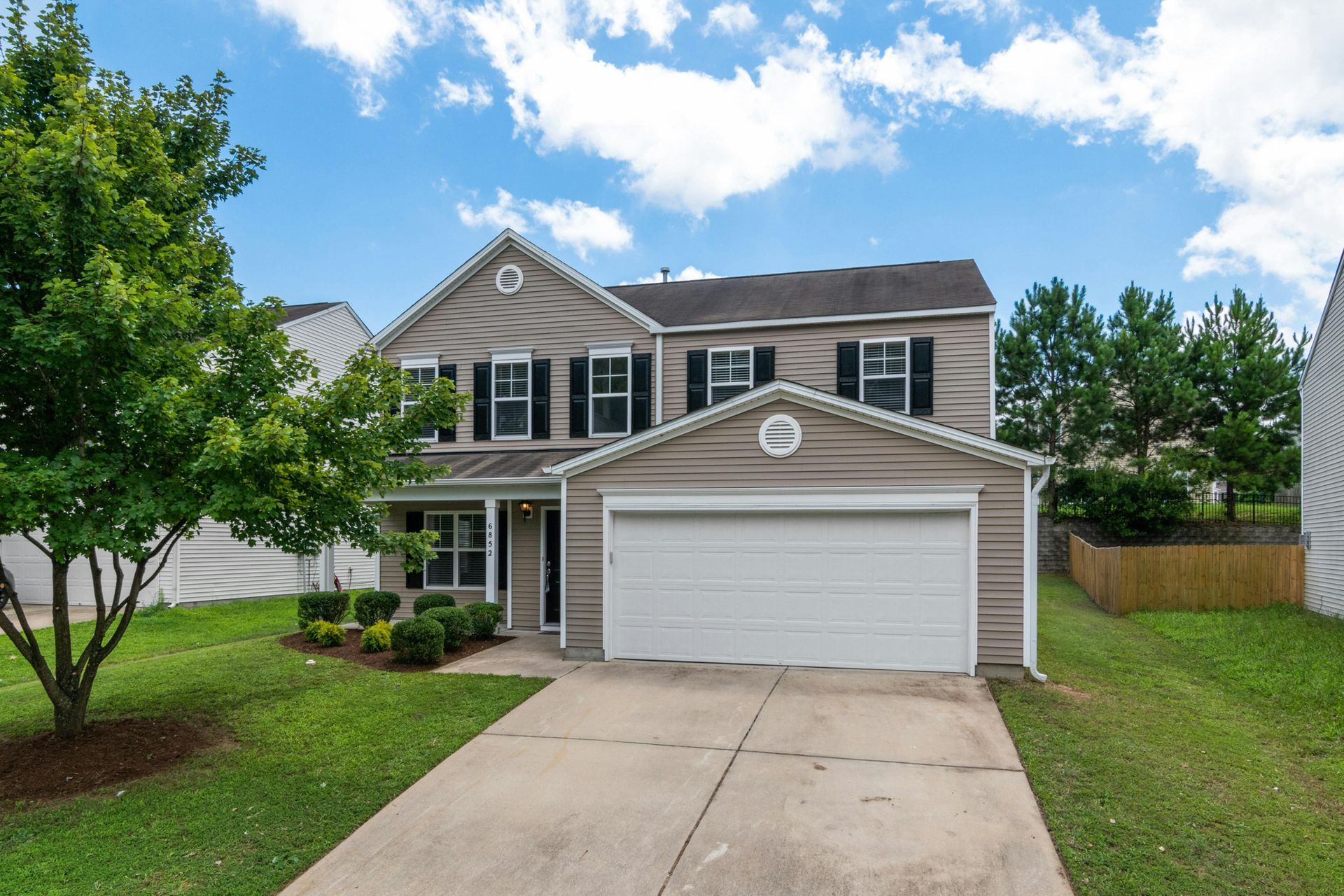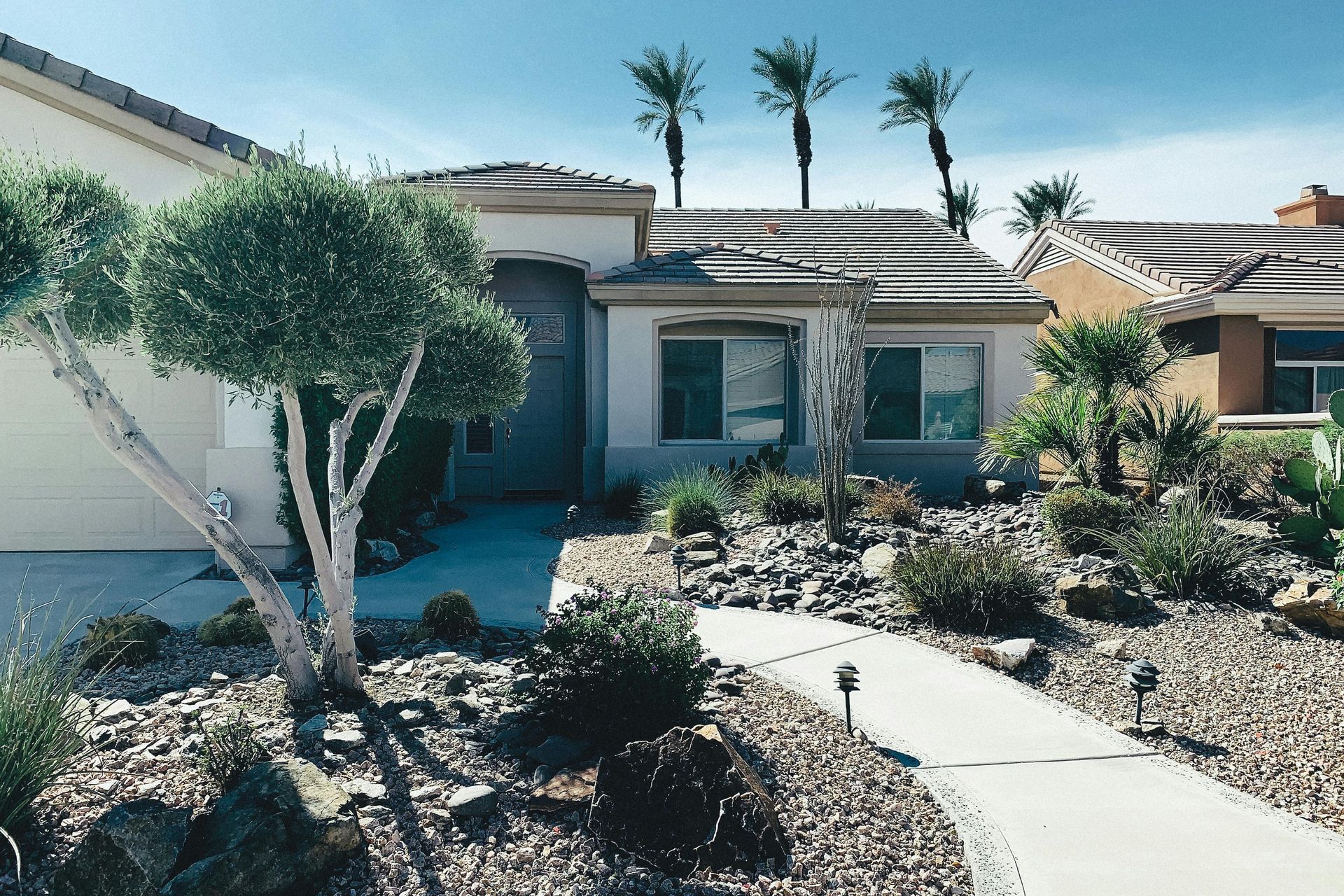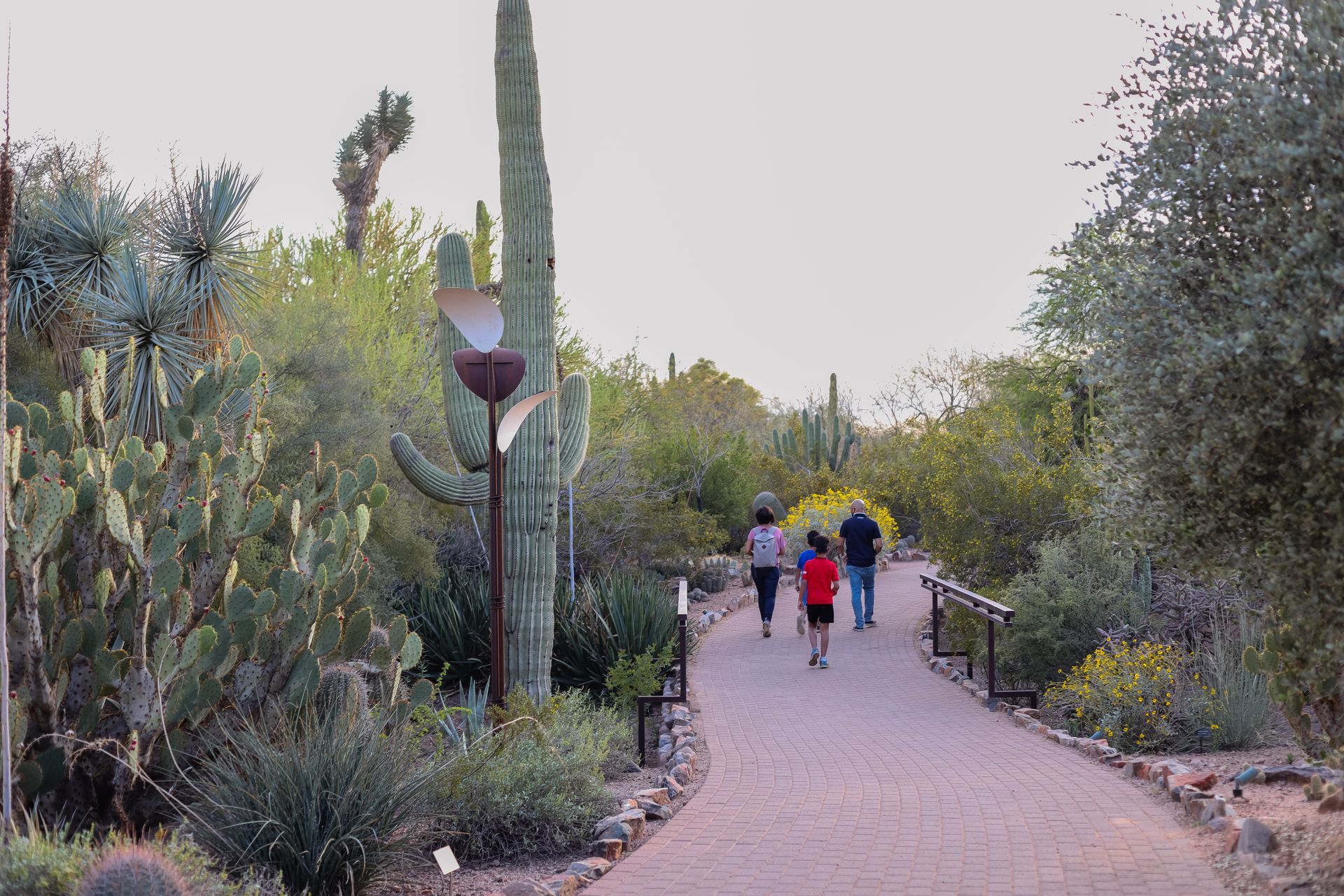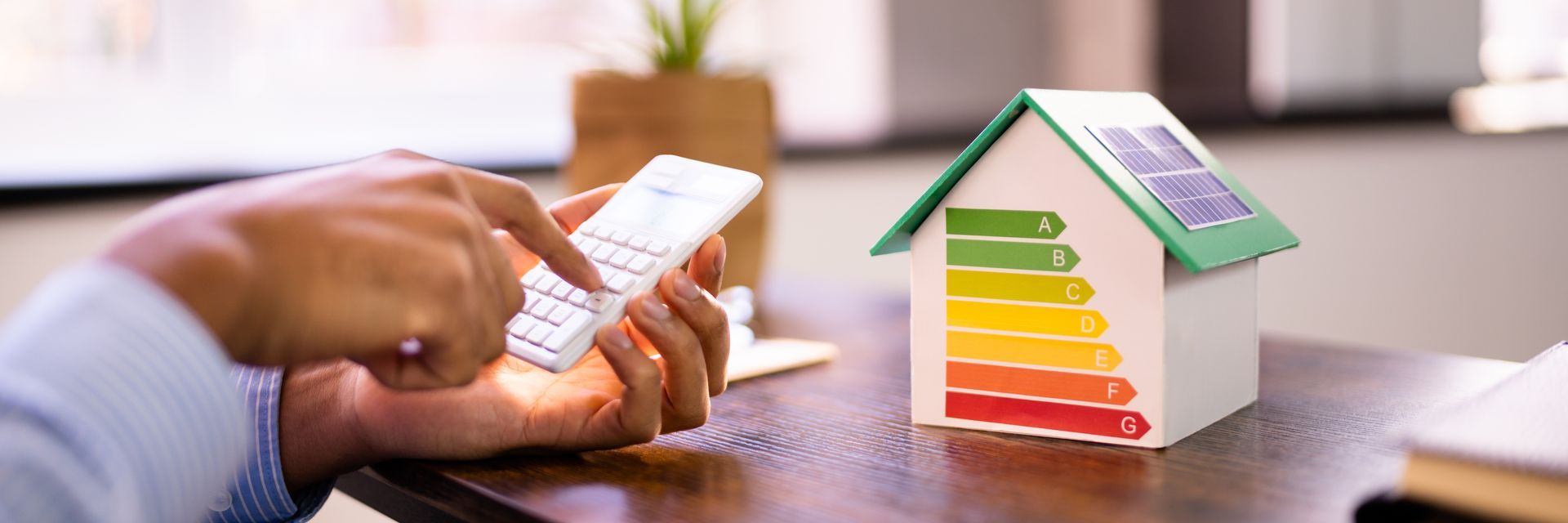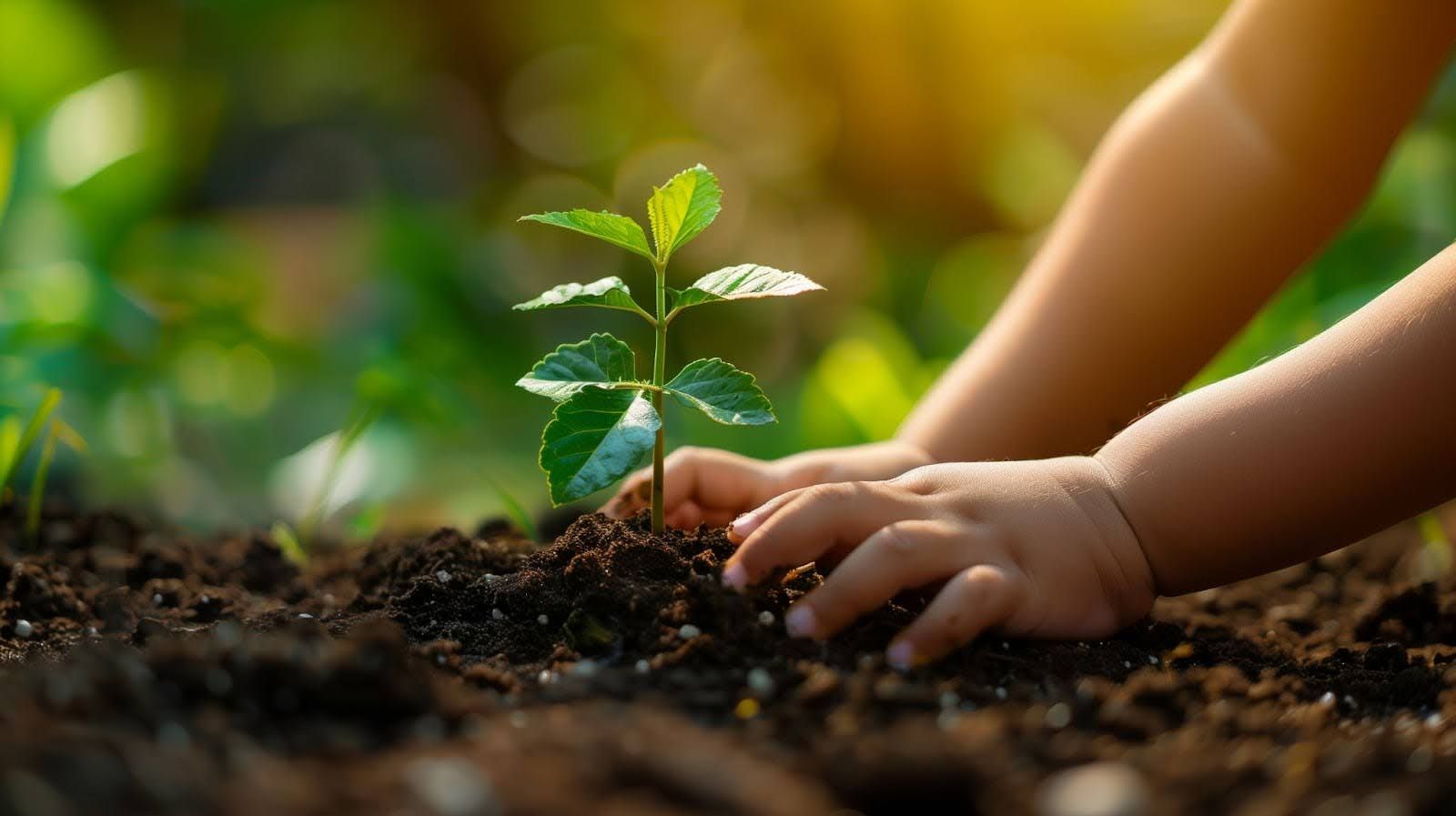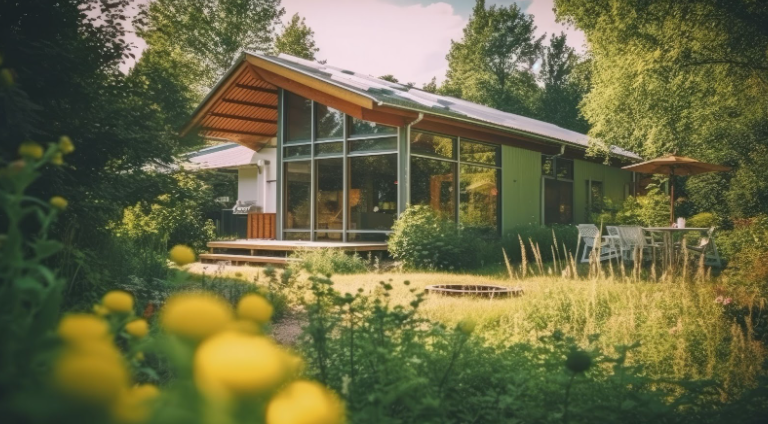Turn Vintage Finds into Eco-Friendly Home Staging Masterpieces
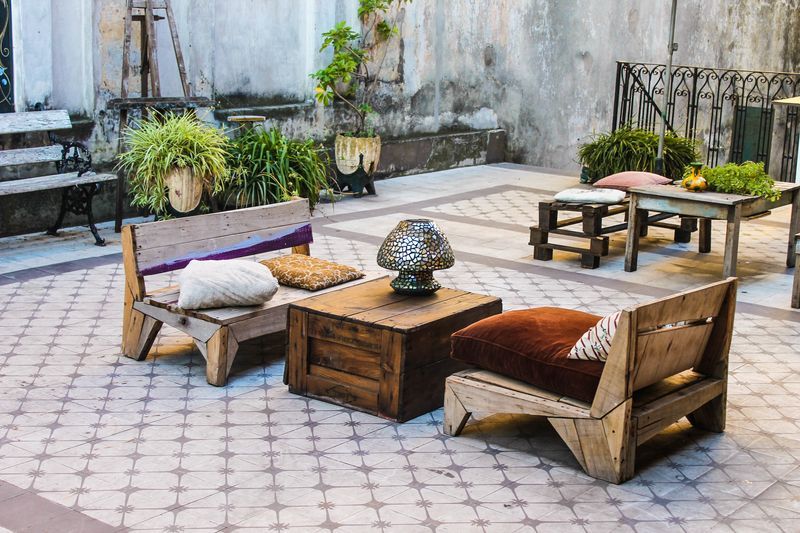
The world of home staging is evolving, with a growing trend that encompasses more than just creating aesthetically pleasing spaces. In recent years, there has been a surge in integrating vintage and second-hand pieces into home staging, a practice that marries distinctive stylistic expression with ecological consciousness. This approach to home decor not only provides homes with unique charm and personality but also contributes positively to environmental sustainability by repurposing existing items.
The Allure of Vintage in Home Staging
Vintage items bring with them a sense of history and craft that cannot be replicated by modern, mass-produced goods. Each antique armchair or retro lamp has a story, and incorporating these pieces into home staging invites conversation and captivates the imagination. Stagers who skillfully integrate vintage elements can create spaces that resonate on an emotional level, which is often the key to connecting with potential buyers.
Sourcing Vintage Items
The first step in the process is sourcing vintage pieces with potential. Thrift stores, estate sales, flea markets, and online marketplaces are treasure troves for home stagers on the hunt for unique finds. The goal is to look beyond surface imperfections to uncover items with good bones and timeless appeal. A discerning eye can spot quality craftsmanship and materials that can be rejuvenated with a little care and creativity.
Assessing and Refurbishing Finds
Once a vintage piece has been sourced, it must be assessed for any necessary repairs or updates. Sometimes a simple cleaning can restore an item's former glory, while other pieces may require more extensive refurbishing. This could include reupholstering furniture, updating hardware, or refinishing surfaces. The key to refurbishing vintage finds is to enhance and preserve their character while making them functional and appealing for contemporary homeowners.
Balancing Vintage with Modern
Achieving the right balance when placing vintage items in a home is crucial. While a vintage piece can serve as the focal point of a room, it is vital to complement it with more understated contemporary elements. This creates a harmonious blend of old and new, avoiding a space that feels like a time capsule. Effective home staging weaves vintage items into the fabric of a modern home in a way that feels both fresh and familiar.
The Sustainability of Vintage Home Staging
The environmental impact of home staging is significantly reduced when incorporating vintage items. By reusing and repurposing, stagers help divert goods from the waste stream, lessening the demand for new products and the resources required to create them. This sustainable approach resonates with environmentally conscious buyers and sets a home apart as not only stylish but also responsible.
Curating Collections for Cohesion
Creating a cohesive look with vintage finds requires careful curation. Each piece should contribute to the overall aesthetic, color scheme, and theme of the space. Collections of vintage items, such as a set of mid-century dining chairs or a series of framed vintage prints, can provide continuity and flow that guide the eye through the home. Cohesion in staging ensures that the home feels thoughtfully put together rather than haphazardly decorated.
Highlighting Architectural Features
Vintage finds have the unique ability to highlight the architectural features of a home. An ornate Victorian mirror might echo the intricate moldings in an older home, while industrial lighting could complement the exposed brick in a loft space. By pairing vintage items with a home's inherent characteristics, stagers can accentuate the property's best features and create a sense of harmony.
A Personal Touch in a Staged Home
One potential drawback of home staging is the risk of spaces feeling impersonal. Vintage finds counter this by adding a touch of personality and warmth. A well-placed antique can give a staged home a lived-in feel, making it easier for potential buyers to imagine themselves making the space their own. This personal touch is subtle but powerful.
The Educational Aspect of Eco-Friendly Staging
Incorporating vintage pieces into home staging also provides an opportunity to educate others about sustainable living. Stagers can inform clients and potential buyers about the benefits of repurposing and the impact of their choices on the environment. This educational aspect adds value to the service provided and promotes a broader culture of sustainability.
Overcoming Challenges with Vintage Staging
Staging homes with vintage pieces can present challenges such as finding the right item to fit a particular space or style. However, these obstacles can be mitigated through creativity, flexibility, and an extensive network of sources for vintage goods. The rewards of crafting a unique, eco-friendly ambiance that draws in prospective buyers far outweigh the potential hurdles.
Integrating vintage and second-hand pieces into home staging reflects a growing trend in interior design towards sustainability and uniqueness. The process of selecting, refurbishing, and thoughtfully placing these items in a home not only adds character but also minimizes environmental impact, appealing to the eco-conscious sensibilities of today's buyers. When executed with skill, vintage finds become eco-friendly home staging masterpieces that enhance a home's appeal and reflect a commitment to preserving our planet's resources. The art of transforming vintage items into key staging elements can give properties a distinctive edge in the competitive real estate market, creating spaces that are both memorable and meaningful.
Ready to transform your space with unique, eco-friendly vintage pieces? Contact us today our experts are ready to help you create a beautifully staged home that stands out and speaks to your commitment to sustainability.

